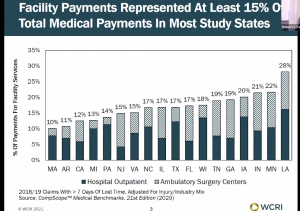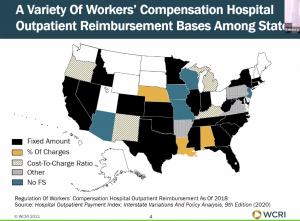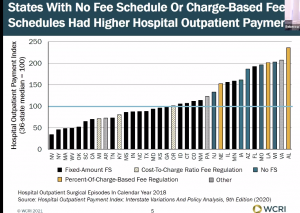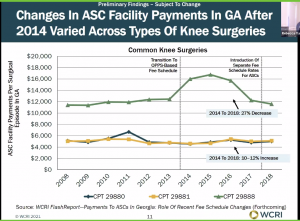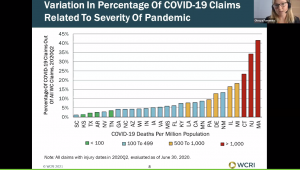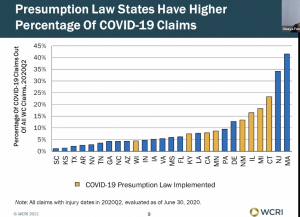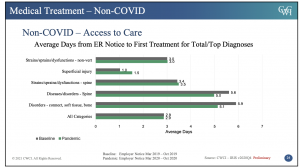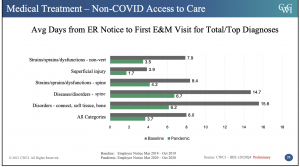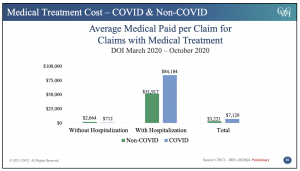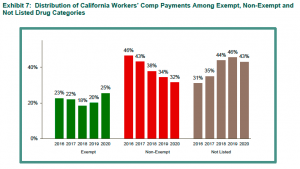When you get an offer you can’t refuse…you don’t.
A couple months ago I was approached by an investment firm looking to build a niche practice focused on non-group health medical management. Long story short, for some undoubtedly very good reasons they decided HSA was the right fit.

I never thought a highly specialized, boutique consultancy with one “employee” would have any value beyond what we bring to clients, but clearly I didn’t think hard enough. Sure, the footprint is solid. Yes, we can bring some very skilled, smart, and experienced experts to any engagement. And we certainly have a brand. Most of the time that’s a good thing, but sometimes it most definitely isn’t.
This isn’t a firm you’ve likely heard of; it’s not even domiciled here. For that reason, we’ll keep the HSA name. Expect there to be additional resources and expertise, a broader array of skills and knowledge “on offer.” [I have to get used to the non-American English terms, so that’s a start]. There may be a bit less snarkiness from your faithful author too – but that’s attributable more to age sanding off some of the rougher edges than any edict from on high.
Speaking of which, we talked long and deep about whether and how we could work together, and ended up deciding we could. Despite my pathologic aversion to others attempting to tell me what to do, that shouldn’t be [pause for deep breath] an issue. There’s mutual respect and an understanding that when friction does arise we’ll work through it.
Couple of items of note.
First, expect an announcement from our new owners in the coming days. We agreed that it would be best if we kept the initial focus on HSA and how this [doesn’t] affect clients. Shortly we will do a more formal mutual release.
Second, yes there will be changes – good ones. HSA will remain focused on niche areas and serve the same client base (payers, service providers, and related businesses). I will continue to speak out on issues, commend those I respect and admire and condemn misguided and wrong actions and results.
Expect more use of technology to aid communications with blog subscribers, more polished presentations and reports, and expand into other channels.
I’d suspect we’ll get into other communications channels – perhaps podcasting, maybe even some video stuff. There are any number of things I’ve wanted to do but just don’t have the bandwidth or expertise or diligence to actually get done.
Finally, I cannot thank clients, supporters, and detractors enough. Over the last 25 years you have helped build HSA, made it better, and made me better. Critics have challenged me and in many cases made me re-think long-held beliefs.
What does this mean for you?
Expect the unexpected.

